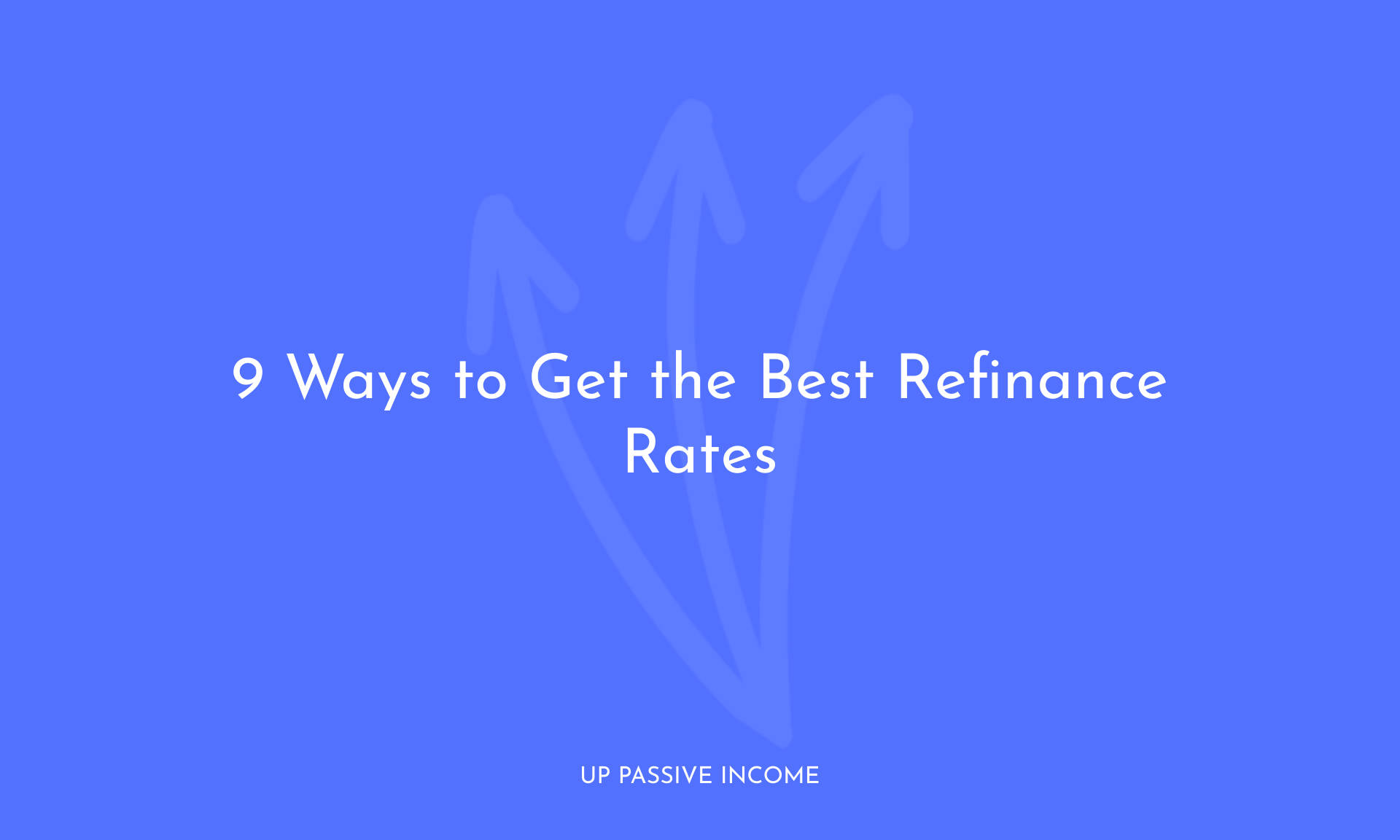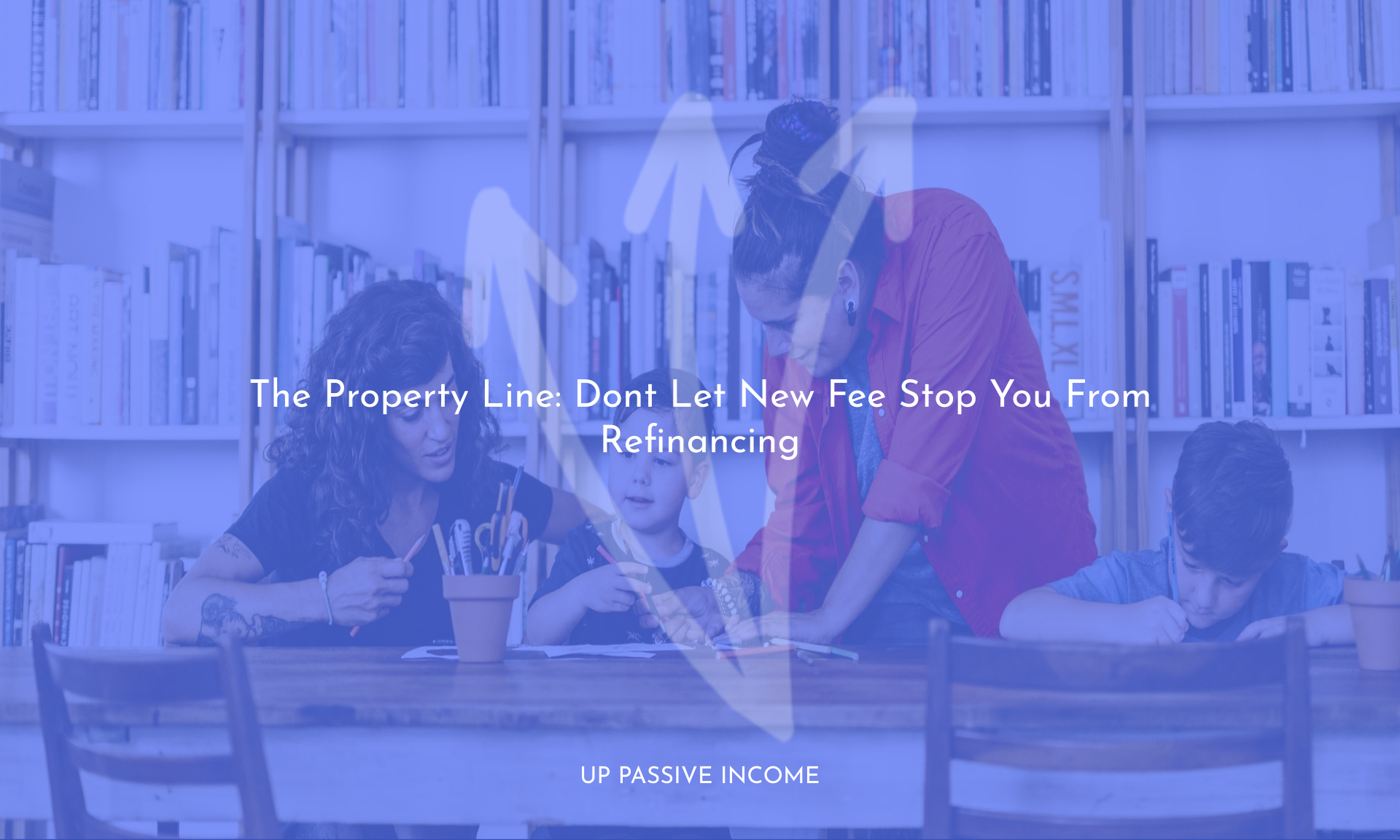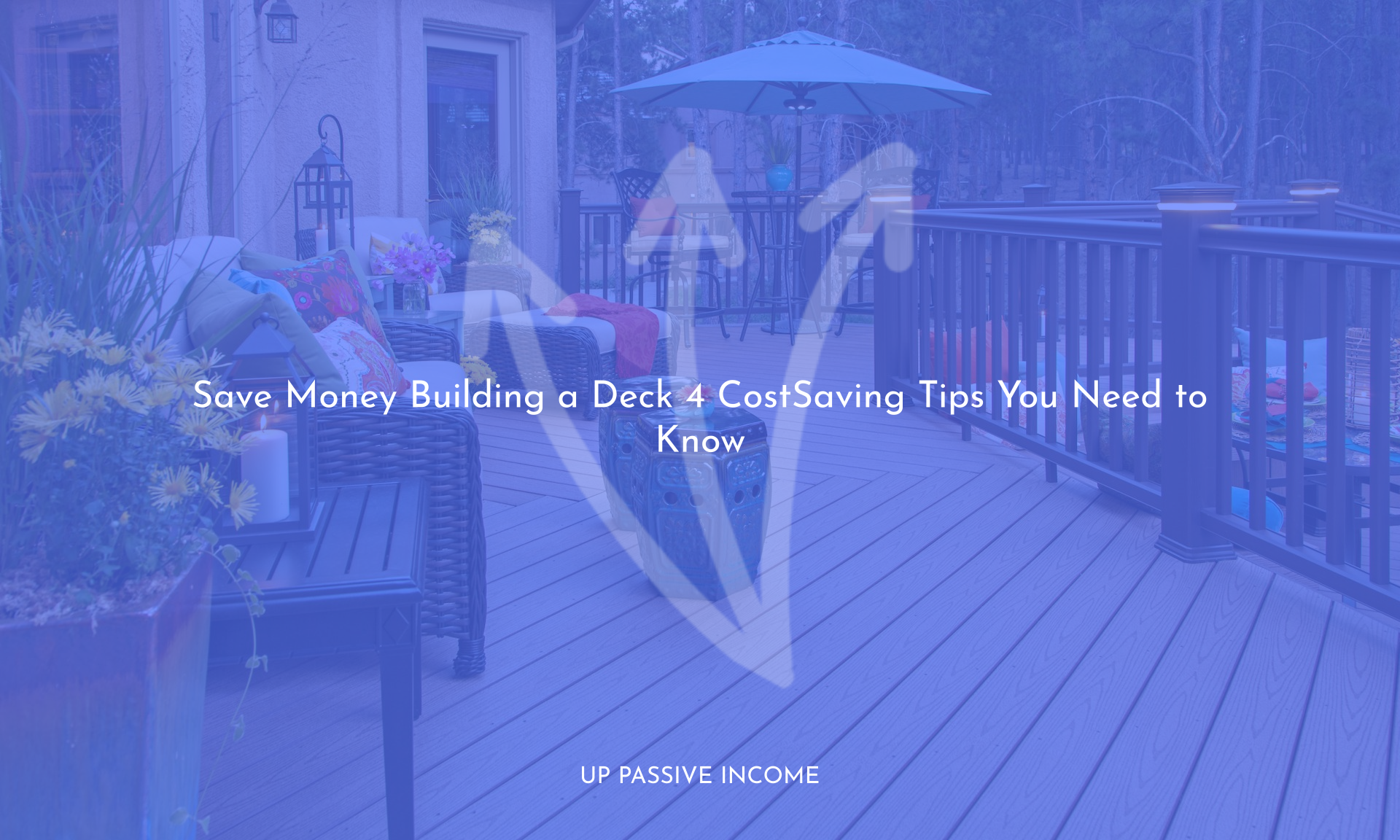To earn the best refinance rate on your mortgage, build your credit score, shorten the term, resist a cash-out refi and get multiple quotes.
To earn the best mortgage refinance rates, build your credit score, shorten your loan term, resist a cash-out refi and get multiple interest rate quotes. Here are nine tips to help you.
Table of Contents
With mortgage rates at their lowest in 50 years, you’ve decided to try and get the absolute best refinance rate of a lifetime. If you want to score a rate for the record books, here are nine things you’ll want to do.
1. Look for errors in your credit report
Credit report errors happen more often than you might imagine, says Mary Anne Daly, senior loan advisor for CrossCountry Mortgage in Larkspur, California.
“I ran credit for someone who had a state tax lien and a charge-off,” Daly says. “They said, ‘This isnt mine. I dont know anything about this.'”
She also remembers clients who had a credit score of 623. Their credit report had mistakes, and the customers wondered if an improvement in their score would be worth the effort of correcting them. By wiping the errors from their history, their credit score improved to 660, and the borrowers saved $95 a month on their home loan.
» MORE: Check your credit score for free
2. Keep credit card balances below 25% of your available credit
Daly says to consider asking your credit card providers to increase your available credit. Using a smaller percentage of your available credit lowers your credit utilization ratio and can earn you a better interest rate.
3. Don’t quit using consumer credit
Paying off consumer credit can be liberating, but you should continue making small purchases on your credit cards from time to time. Even if you pay the balances off each month, it shows you manage debt responsibly, which can actually improve your credit score, Daly adds.
» MORE: Should you refinance to pay off debt?
4. Be wary of ‘no-cost’ loans
“That always tickles me,” Daly says of such loan gimmicks. “There are no free lunches.” All lenders will charge fees, whether they are paid upfront, rolled into the loan balance or built into the loans interest rate.
Its not uncommon for closing costs to be tacked on to a loan. Joe Burke, senior vice president of mortgage lending with Guaranteed Rate in Chicago, says paying refinance closing costs out of pocket can lower your interest rate.
» MORE: How and why to refinance your mortgage
5. Consider a shorter loan term
Burke notes that expanding your loan term may not be in your best interest.
“If youve already paid seven years into a 30-year fixed, for instance, putting you into a new 30-year fixed may not be the best financial decision,” he says.
Moving from a 30-year mortgage to a 20-year or even a 15-year term can earn you a lower mortgage interest rate, not to mention reducing interest payments over the life of the loan.
“A lot of people dont know that,” Daly adds. She tells of customers who were considering several options on a mortgage. They had 10 years left on their loan, and they thought it wouldnt make sense to refinance. Daly showed them that refinancing to a 10-year loan term with a lower mortgage rate would save $45,000 in interest, without significantly changing their monthly payments.
“They were just thrilled,” Daly says, “paying a little bit more [each month] but saving all of that money.”
» MORE: 15-year vs. 30-year mortgage calculator
6. Resist the urge to take cash out
A cash-out refinance allows you to draw some of your homes equity as a part of a new loan. But it also increases your loan-to-value ratio. That will raise your interest rate in most cases, Daly says.
» MORE: Calculate your refinance savings
7. Lock in your best refinance rate
“Sometimes, believe it or not, we have a little bit of a crystal ball” about how mortgage rates may behave in the very short term, Daly says. That can be tied to major economic news, policy announcements or government reports.
After conferring with your loan advisor about an estimated time to closing, ask about a mortgage rate lock, which will prevent rising rates from affecting your mortgage while the loan is being processed — which can take weeks.
8. Consider how long you’ll live in the home
“One of the questions that were always asking people is, ‘How long do you plan on staying in the home?'” Burke says. “I think thats a very important question that a lot of people dont ask.”
For example, if you know you are going to be selling your home in five to 10 years, an adjustable rate mortgage, with an introductory rate lower than that of a fixed-rate loan, may be the right choice, Daly adds.
» MORE: Reasons to consider a refinance, even if you bought recently
9. Shop rates — and know what they mean
Shopping more than one lender may be the most powerful way to earn the best refinance rates. Getting just one additional rate quote could save borrowers an average $1,500 over the life of a loan, according to research by Freddie Mac, a government-sponsored entity that helps fund the mortgage market.
Shopping five lenders could save you about $3,000, Freddie Mac says.
But advertised rates that seem unusually low may have discount points built in — thats when you pay upfront to get a lower interest rate. For the lender, factoring in discount points may be a ploy to drive business, but for borrowers, the points can be a part of a loan strategy.
“Most of the time, we find that the buy-down doesnt make sense,” Daly says. To see if discount points work in your situation, consider your monthly payment savings against how long it will take to recoup the fees — and how long you expect to stay in a home.
Burke says borrowers often fixate on a low rate but miss important details in loan terms disclosed in the fine print.
“Looking at APR is absolutely one of the best ways to go,” he says. The stated annual percentage rate of a loan includes the interest rate youll pay on the loan, plus all fees. Youll have to complete an application with each lender youre considering to get all the information that impacts your offered APR.
“Moving to a 20-year or even a 15-year term can lower your mortgage interest rate and reduce interest payments over the life of the loan.”
“Advertised rates that seem unusually low may have discount points built in, which you would have to pay for upfront.”
Thanks to Source
refinance rates



